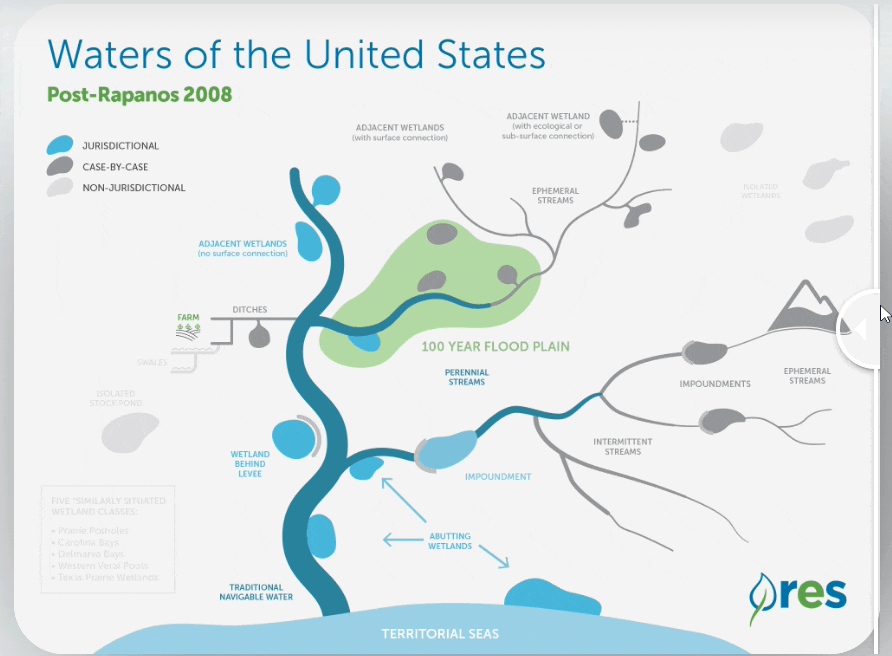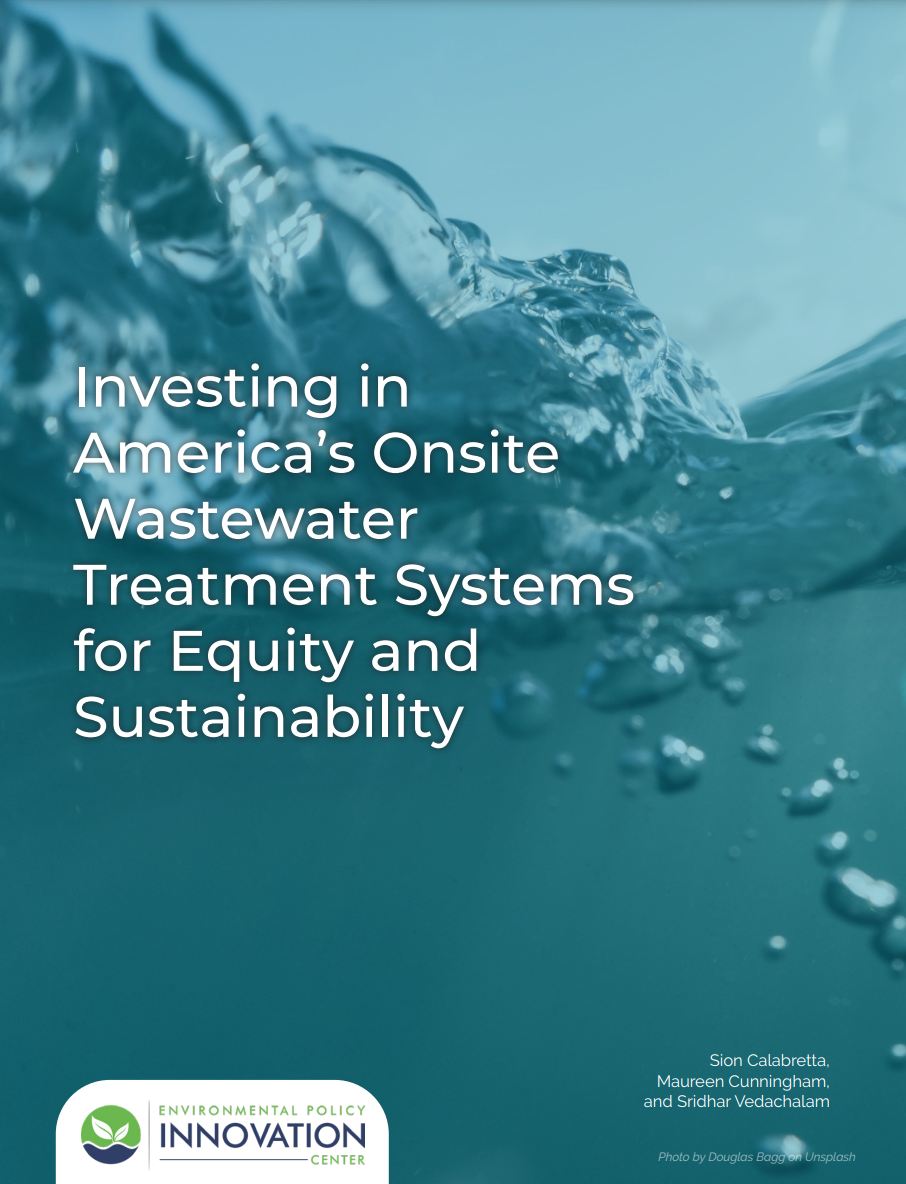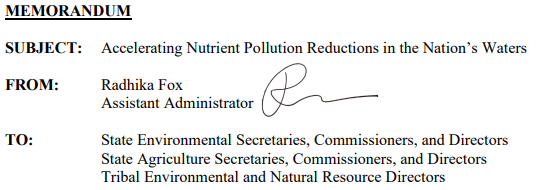Discover More

EPIC participates in Great Lakes and St. Lawrence Cities Initiative meeting with mayors on water equity

ANPR Cheat Sheet

Reforming State SRF Policies: Lessons Learned from Advocacy in Wisconsin

Scenarios of WOTUS in SCOTUS
The Supreme Court will hear a case called Sackett v EPA on October 8th to rule on just what constitutes Waters of the United States (WOTUS). WOTUS is a jargon-y term describing the extent of the federal protections of wetlands, streams, rivers, and lakes across the US. It has huge implications for the public, the regulated community, and the restoration economy. When SCOTUS makes its decision on WOTUS, there will certainly be hyperbole in the headlines. We provide a level-headed discussion of the possible outcomes that could come in October, and explain what those scenarios would mean.

Environmental agencies need more modern approaches to data and technology - a Digital Service for the Planet can help.

Drinking water service area boundaries are critical for state policy and operations - and some state agencies are working with local water systems to develop this foundational data set.

New Report: Investing in America’s Onsite Wastewater Treatment Systems for Equity and Sustainability

Breaking News: Species Banking ANPR Released
Yesterday, the Fish and Wildlife Service (FWS) released an Advanced Notice of Proposed Rulemaking (ANPR) on Compensatory Mitigation Mechanisms. We provide initial reactions here.

Clean Water Act: Priorities for Offset Policies that Benefit the Environment and Communities

Municipal Leaders: Integral to the success of lead pipe replacement in the United States

Tackling Environmental Injustice: EJ Communities Should Have a Say

Water Quality Partnership in the Skaneateles Lake Watershed
In New York state, a clever partnership between the city of Syracuse and upstream farmers has managed to significantly clean up the Skaneateles Lake

A national map of water service area boundaries can support Justice 40 goals and other federal programs.

States act to get the lead out faster: Will they be better poised to access federal funding?

Streamlining Restoration Projects with Nationwide Permit 27: An Explainer
This explainer reviews how NWP 27 created huge efficiencies in permitting aquatic resource restoration with widespread benefits to coastal and upland wetlands, streams, and other resources. Other Federal and state regulations could take a cue from this example and streamline projects proven to create a net benefit in natural resources. Photo credit: James Loesch

Why do we need drinking water service area boundaries?
We need investment in physical infrastructure and digital infrastructure to quickly and equitably replace lead pipes.

We shouldn’t have to wonder “Who is responsible for my water?” We should know.

Lead in Water Harms Red States, Too


